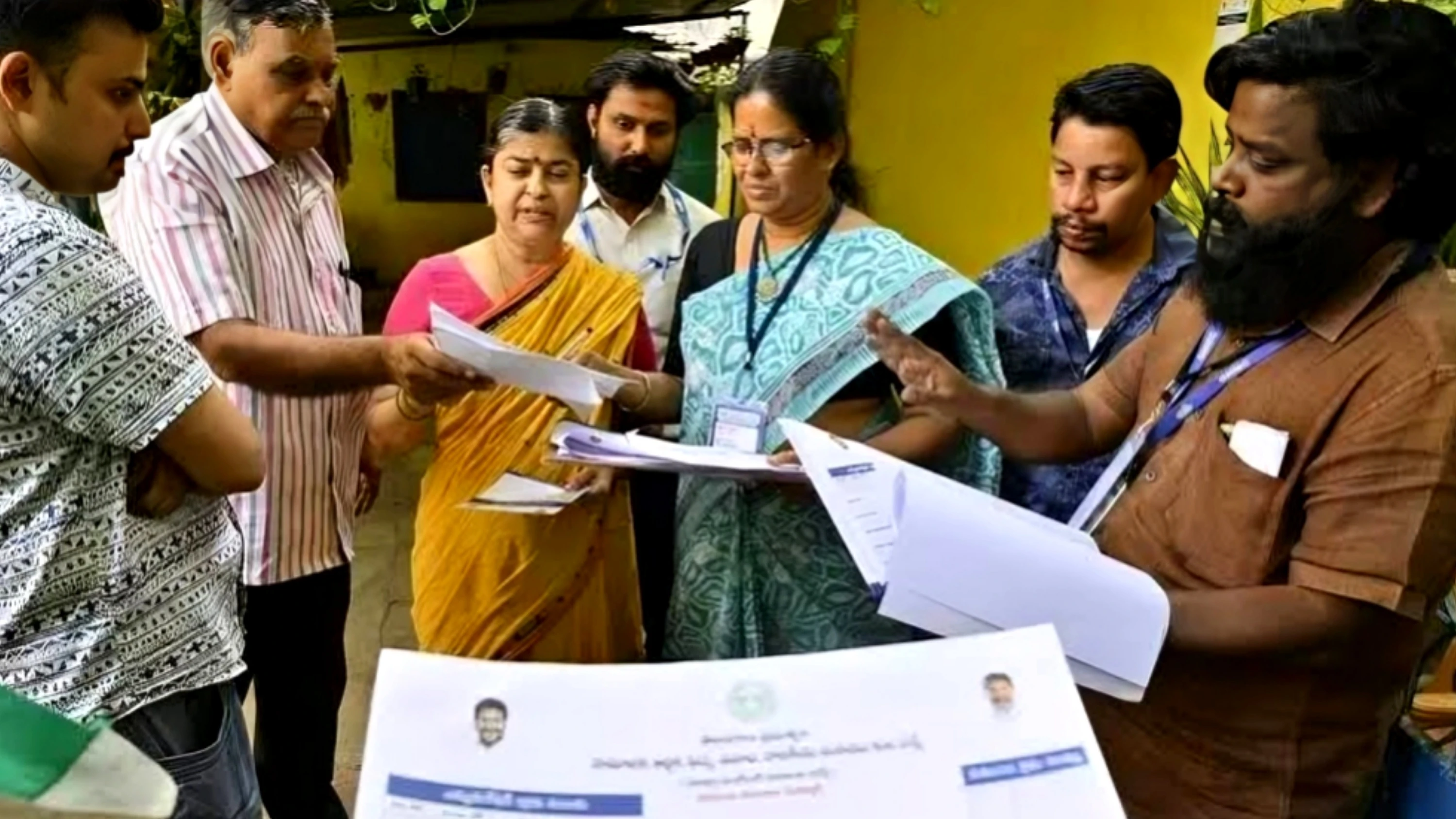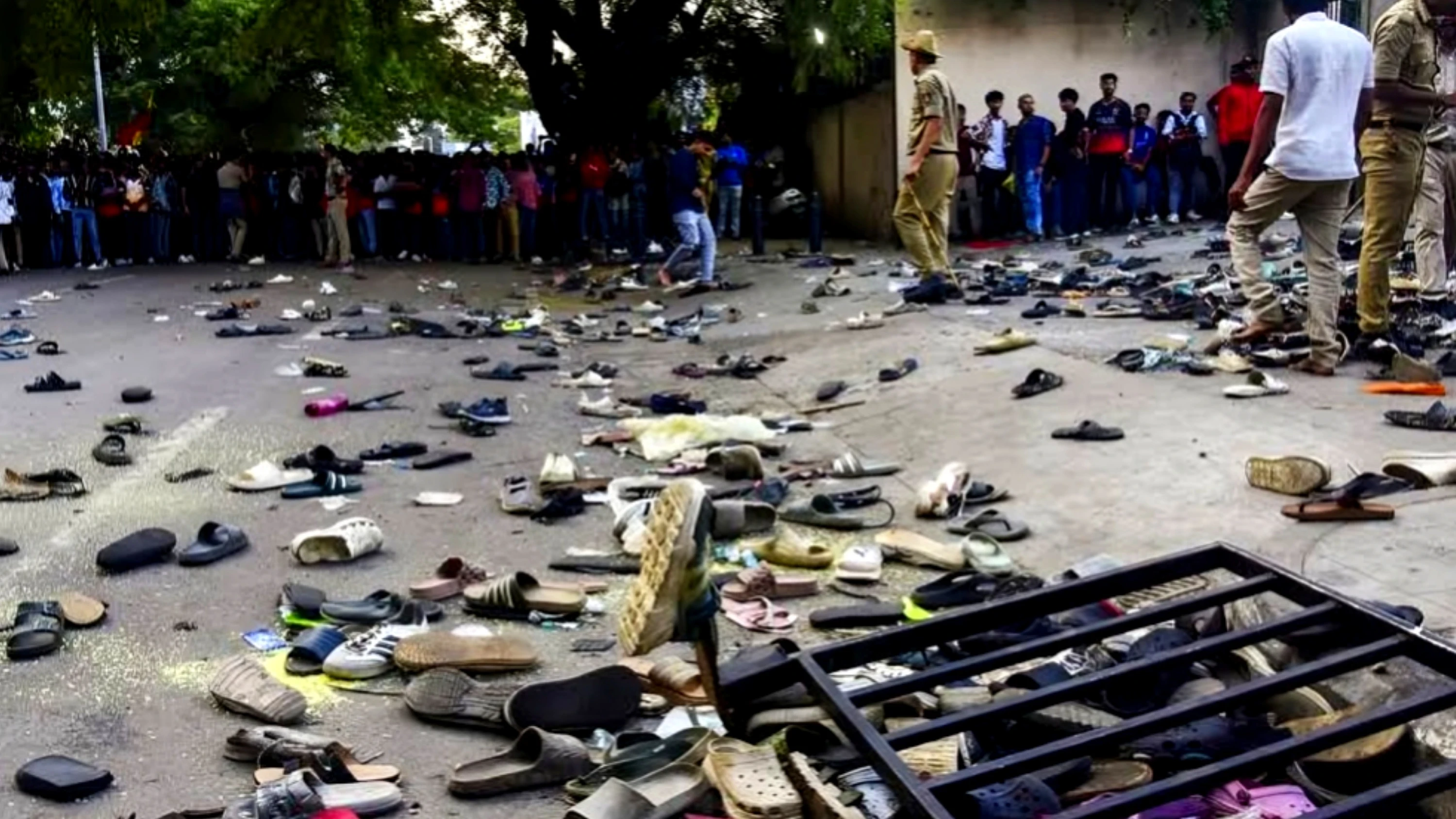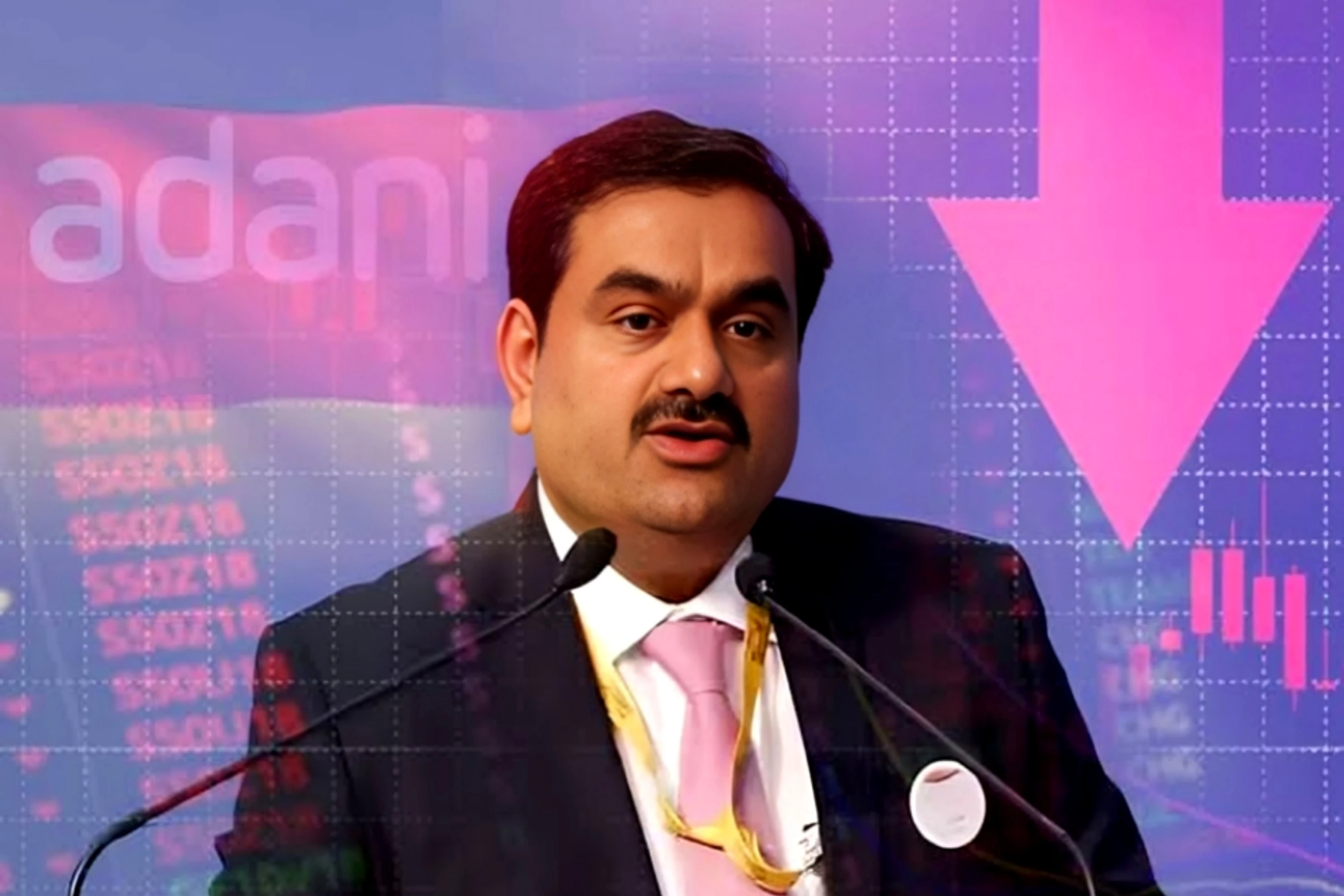New Delhi: The Government of India has officially announced that the next nationwide population census will take place in 2027, and for the first time in independent India's history, it will include a comprehensive caste enumeration.
According to the government’s notification, the census will be carried out in two phases, with March 1, 2027, set as the reference date for most of the country. However, in regions with challenging terrain and climates—such as Ladakh, Jammu & Kashmir, Himachal Pradesh, and Uttarakhand—the enumeration will be conducted earlier, using October 1, 2026, as the reference point.
The formal notification of intent to conduct the 2027 Census, including the caste enumeration, will be published in the Gazette of India on June 16, 2025.
This development comes after repeated demands from various political parties and state governments for a caste-based census, arguing it is essential for equitable distribution of resources, social justice schemes, and affirmative action policies. While caste data was last collected during the 1931 Census, independent India has thus far refrained from including it in its decennial enumeration exercises.
India last conducted a census in 2011, which recorded a population of over 1.21 billion with a growth rate of 17.7%. The 2021 Census was fully prepared and ready to launch but was postponed indefinitely due to the Covid-19 pandemic. Training and logistical groundwork had been completed before the country went into lockdown in early 2020.
With the process now scheduled to restart in 2027, the fresh population data is likely to set the stage for a long-pending political recalibration: the delimitation of parliamentary and legislative constituencies.
Delimitation, the redrawing of constituency boundaries to reflect population changes, typically follows each census. However, a constitutional amendment in 1976 froze this process to encourage population control and prevent states with higher birth rates—primarily in the North—from gaining disproportionate influence over states in the South that had successfully stabilized their populations. This freeze, extended until 2026, has kept the number of Lok Sabha seats fixed at 543 since 1971.
Now, with the freeze nearing its end and a new census on the horizon, a full-scale delimitation appears imminent. Experts warn this could lead to political tensions. Projections suggest that states like Uttar Pradesh, Bihar, Madhya Pradesh, and Rajasthan could gain as many as 31 additional Lok Sabha seats due to their larger populations, while southern states may lose about 26 seats, risking a dilution of their political voice.
Even if the total number of Lok Sabha seats is expanded—as some studies have suggested, possibly to 848—the North is still likely to secure a larger share of the increase. Critics argue that such a shift could centralize political power and resource allocation in the more populous northern states, despite the fact that southern states contribute disproportionately to the national economy.
For example, Telangana, with just 2.8% of India’s population, contributes 5.2% to the country’s GDP. Political leaders from the South have emphasized that representation should also reflect economic contribution and development metrics, not merely population size.
The new Parliament building, inaugurated in 2023, has seating capacity for 888 MPs, hinting at preparations for a larger legislature. However, any change in the number of seats will require a constitutional amendment, as the current upper limit for the Lok Sabha is set at 550.
As India prepares for this massive demographic and political reset, debates around representation, equity, and federal balance are expected to intensify in the coming years.








